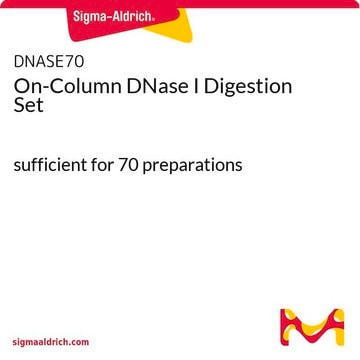V900326
(+)-Sodium L-ascorbate
Vetec™, reagent grade, 98%
Synonym(s):
L(+)-Ascorbic acid sodium salt, Vitamin C sodium salt
Sign Into View Organizational & Contract Pricing
All Photos(3)
About This Item
Empirical Formula (Hill Notation):
C6H7NaO6
CAS Number:
Molecular Weight:
198.11
Beilstein:
3767246
EC Number:
MDL number:
UNSPSC Code:
12352200
PubChem Substance ID:
Recommended Products
grade
reagent grade
product line
Vetec™
Assay
98%
form
powder
color
white to off-white
mp
220 °C (dec.) (lit.)
SMILES string
[Na+].OC[C@H](O)[C@H]1OC(=O)C(O)=C1[O-]
InChI
1S/C6H8O6.Na/c7-1-2(8)5-3(9)4(10)6(11)12-5;/h2,5,7-10H,1H2;/q;+1/p-1/t2-,5+;/m0./s1
InChI key
PPASLZSBLFJQEF-RXSVEWSESA-M
Looking for similar products? Visit Product Comparison Guide
General description
Sodium L-ascorbate is an ascorbate derivative.
Biochem/physiol Actions
Sodium L-ascorbate favors apoptosis in urinary bladder carcinoma. It reduces reactive oxygen species generation and plays a role in elastogenesis. In addition, it improves mRNA levels of tropoelastin contributing to skin remodeling. Sodium L-ascorbate may serve as a potential therapeutic potential and may be used in combination with collagenogenesis inhibitorsfor treating dermal scars and keloids. It has wide applications in the food industry as an antioxidant and preservative. Sodium ascorbate also elicits protection by stabilizing membrane, lowering lipid peroxidation and enhancing total antioxidant content.
Legal Information
Vetec is a trademark of Merck KGaA, Darmstadt, Germany
Storage Class Code
11 - Combustible Solids
WGK
WGK 1
Choose from one of the most recent versions:
Already Own This Product?
Find documentation for the products that you have recently purchased in the Document Library.
Antioxidant role of ascorbic acid and his protective effects on chronic diseases
Oxidative Stress and Chronic Degenerative Diseases-A Role for Antioxidants, 75(3), 449-449 (2013)
A Compendium of Essays on Alternative Therapy (2011)
Vitamin C and Trolox decrease oxidative stress and hemolysis in cold-stored human red blood cells
Czubak K, et al.
Redox Report, 22(6), 445-450 (2017)
Significant overexpression of metallothionein and cyclin D1 and apoptosis in the early process of rat urinary bladder carcinogenesis induced by treatment with N-butyl-N-(4-hydroxybutyl) nitrosamine or sodium L-ascorbate
Takaba K, et al.
Carcinogenesis, 21(4), 691-700 (2000)
Lin Zhang et al.
Biosensors & bioelectronics, 69, 77-82 (2015-02-24)
A novel label-free nanosensor has been developed for detecting biothiols including cysteine, glutathione and homocysteine based on poly(thymine)-templated fluorescent copper nanoparticles (CuNPs), which were controlled through thymine-Hg(II)-thymine coordination. This assay provides a simple, cost-effective, and sensitive platform for the detection
Our team of scientists has experience in all areas of research including Life Science, Material Science, Chemical Synthesis, Chromatography, Analytical and many others.
Contact Technical Service






